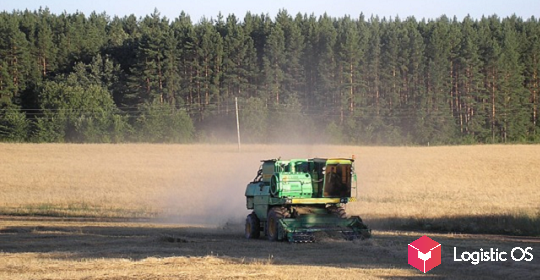The difficult geopolitical situation of the past year revealed many of the systemic problems of the Russian agro-industrial complex.
For example, there is a very significant shortage of domestic seed material in the country.
Last year, despite all the difficulties, allowed us to set a number of records in terms of yields.
However, future harvests may be in question: in Russia, most of the seed material is purchased from abroad.
If foreign suppliers refuse to supply their products, it is not clear what farmers will sow.
At the same time, this problem has already manifested itself last year: because of the sanctions, a number of foreign companies refused to cooperate with Russian ones.
How can I solve the problem?
On the one hand, Russian farmers are trying to stock up on seeds, buying them in much larger volumes than required. Sometimes even untested products are purchased: it is better to have it in warehouses than nothing at all.
On the other hand, supply channels through third countries are actively used. But this complicates and lengthens the scheme, which makes the supply process longer.
In addition, the price also increases.
When will import substitution take place?
The current situation prompted the Russian government to switch to self-sufficiency in seeds.
True, in one year there is still no way to manage it. However, there is already a plan that by 2030 Russia will significantly increase the share of domestically produced seeds.
Napoleonic plans:
Soy — from 50% to 75%
Sunflower — from 25% to 75%
Corn — from 45% to 75%
Potato — from 10% to 50%
Sugar beet — from 2% to 50%
All these crops are included in the list of the most important crops approved by the government, for which the necessary share of seeds of own production will be determined every year.
On December 23, 2022, Prime Minister Mikhail Mishustin signed a decree to this effect.
Obviously, the task is not easy and requires significant investment. Including — in the development of our own selection, relevant domestic research institutes and laboratories.
By the way, there are similar plans in the field of animal husbandry: it is planned to draw up a similar list, where for each breed of livestock the necessary share of breeding material will be indicated.
Despite the fact that the plans are very large, so far the situation is far from ideal.
As Deputy Minister of Agriculture of the Russian Federation Oksana Lut noted, if in 2021 the share of provision of farmers with seeds (mainly imported) was 65%, then in 2022 it decreased to 60%.
With a high probability, this year we will have to quickly come up with ingenious schemes in order to provide farmers with everything they need by the beginning of sowing.

